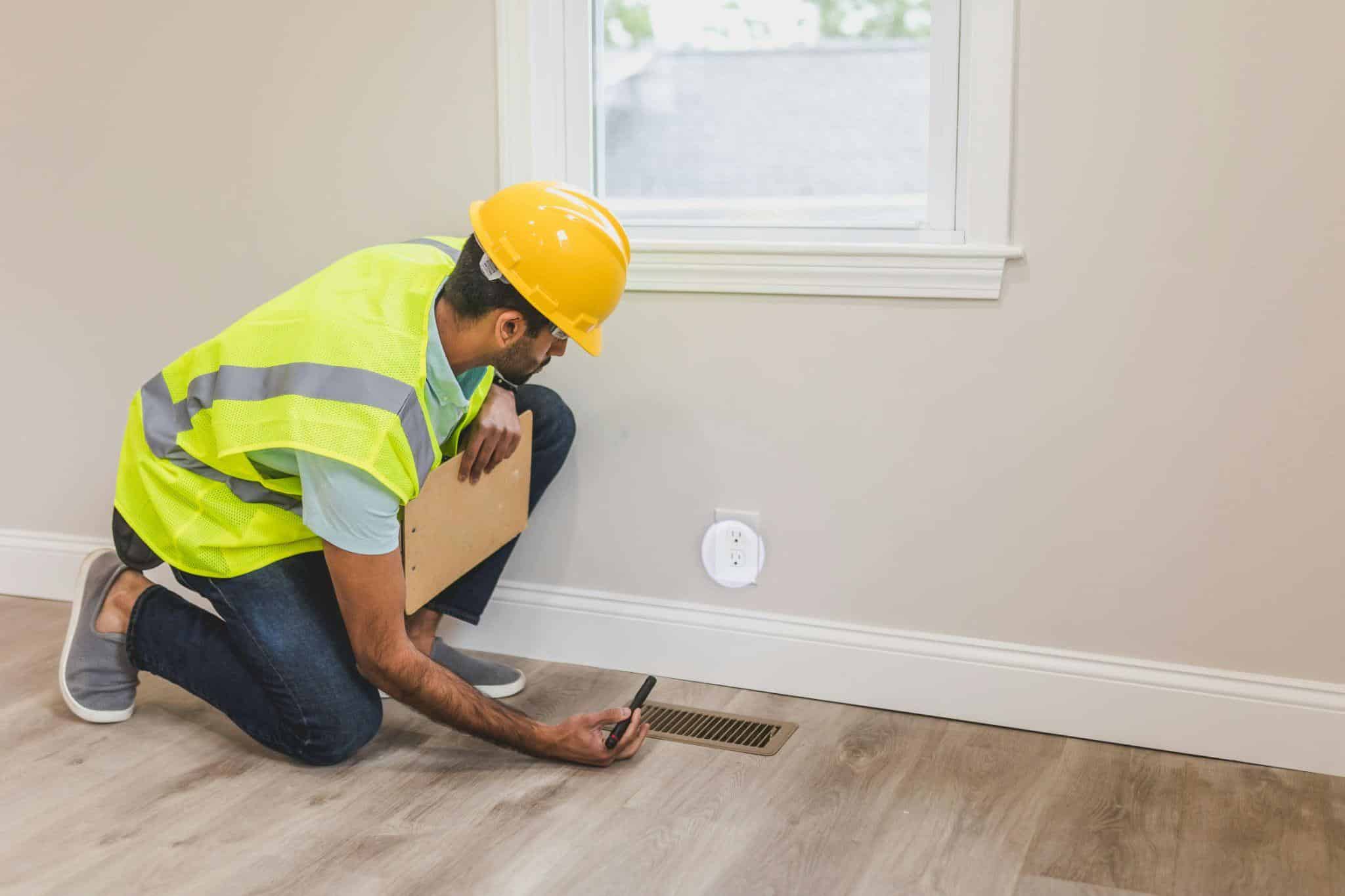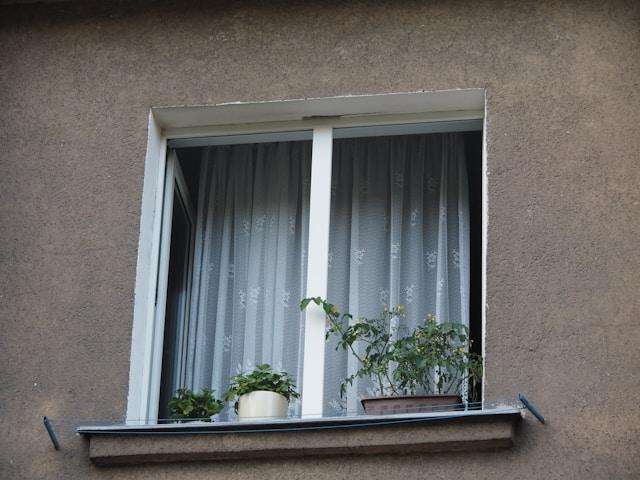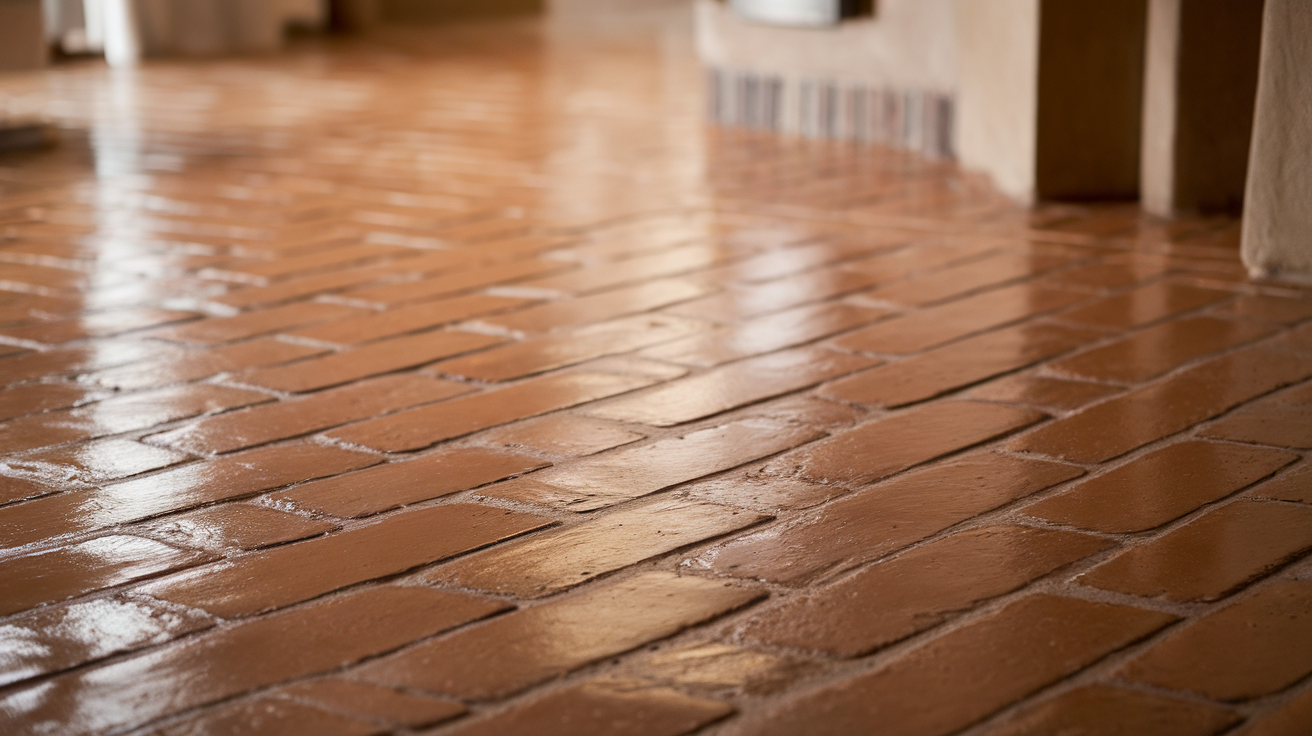Fix It or Forget It? How to Prioritize Home Repairs That Matter
If you’ve owned a home for more than five minutes, you already know the to-do list never ends. Something always needs fixing, replacing, or updating. And while some repairs can wait a bit, others shouldn’t be put off—not even for a weekend.
The tricky part is figuring out which is which.
If you’re living in the South, especially in places like Florida or the Carolinas, you’re already dealing with extra wear and tear from humidity, heat, and storms. That means certain home repairs can get serious quickly if left alone.
This guide is here to help you sort out what really needs attention now—and what can wait until your schedule (and budget) opens up. Let’s break it down.
Roof Repairs That Can’t Wait
Your roof does more than keep the rain out. It protects the entire structure of your home. If it’s damaged or aging, that protection is at risk.
Look out for these common signs that your roof needs attention:
- Missing or curling shingles
- Water stains on ceilings or attic walls
- Sagging areas or visible dips
- Granules collecting in gutters
- Daylight showing through the attic roof boards
These aren’t things you want to ignore. Even a small leak can lead to bigger issues like mold, wood rot, or damaged insulation. And with the amount of rainfall and storm activity in the Southeast, your roof takes a beating year-round.
If you live in the South and aren’t sure where to start, Southern Pro Restoration offers professional roof inspections and repairs in the area. Getting a pro to check things out is often the best way to spot problems before they turn expensive.
Set a reminder to check your roof at least once a year—and always after a big storm.
Fixing Leaks Before They Wreck Your Home
Water damage can sneak up on you. It often hides behind walls, under sinks, or around windows until it’s already done serious harm.
Here are the most common culprits:
- Leaky pipes or faucets
- Damp spots on walls or ceilings
- Musty smells in basements or crawl spaces
- Overflowing gutters or poor drainage near the foundation
In a warm, humid climate, water issues get worse fast. Mold grows quickly, and wood doesn’t stand a chance when it’s constantly wet.
If you notice any of the above, don’t wait. Even a small leak should be fixed right away. And if your gutters are clogged or sloped the wrong way, that’s an easy fix that can save your foundation from long-term damage.
Electrical Red Flags You Shouldn’t Ignore
Electrical problems can be dangerous. If something doesn’t seem right, it’s worth having it looked at—sooner rather than later.
Pay attention to:
- Lights that flicker or buzz
- Outlets that feel warm
- A breaker that trips often
- Burning smells (especially near outlets or your panel box)
These signs aren’t just annoying. They can signal faulty wiring, outdated panels, or overloaded circuits. Left alone, they could cause a fire.
This is one area where it’s better to call a licensed electrician than to guess. Safety should always come first.
When Structural Issues Are Serious
Not all cracks in your walls are a big deal. Houses settle over time, and small, vertical hairline cracks in drywall aren’t unusual. But some signs should raise concern.
Watch out for:
- Wide, horizontal cracks
- Doors or windows that suddenly stop closing right
- Sloping floors or leaning walls
- Cracks in the foundation or bricks outside
These may point to bigger structural issues like foundation shifts or wood rot. That kind of damage doesn’t fix itself, and waiting can lead to more expensive repairs later. If you’re unsure, bring in a structural engineer or foundation specialist to take a look.
The HVAC Hustle
Your heating and cooling system isn’t just about comfort—it plays a huge role in your energy bills and indoor air quality. And in the South, where temperatures climb fast, a failing unit can be a nightmare.
Here are signs your HVAC system needs attention:
- Strange noises or smells
- Uneven heating or cooling
- A sudden spike in energy costs
- Your unit is 10+ years old
If it’s been a while since your system was serviced, schedule a maintenance check. Clean filters, clear vents, and proper insulation can make a big difference. An HVAC technician can spot wear and tear before it turns into a full system breakdown.
Cosmetic vs. Critical: When You Can Chill on a Repair
Now, let’s talk about the fixes that aren’t urgent.
Paint that’s peeling? Cabinets that feel outdated? A dated backsplash? These are aesthetic issues. They might drive you nuts, but they’re not doing any real harm.
That doesn’t mean you shouldn’t fix them—it just means you don’t have to fix them right now. When you’re juggling repairs, cosmetic projects can take a back seat to structural or safety concerns.
A good rule of thumb: If it’s not causing damage, danger, or discomfort, it can wait.
You can group non-urgent tasks into seasonal projects. Maybe plan to update the paint in the winter or swap out lighting fixtures in the spring. It helps spread out the cost and keeps things manageable.
Know When to Call in the Pros
We all love a good DIY win. But some projects just aren’t worth the risk—or the headache.
Call in a professional when:
- The job involves roofing, electrical work, or plumbing
- You need permits or inspections
- You’re unsure how to properly fix the issue
- You want a warranty or insurance coverage for the work
Trying to save money by handling complex repairs yourself can backfire fast. Pros get it done safely, correctly, and often faster than expected. And in the long run, that usually saves you money and stress.
Some repairs are obvious. Others aren’t. The key is knowing what matters right now—and what can wait a little longer.
Start with the big stuff. Roofs, water damage, electrical issues, and HVAC problems should always be top of the list. Cosmetic fixes and small updates? Tackle them when you can, not when you’re stressed.
Your home doesn’t need to be perfect all the time. It just needs to be safe, sound, and taken care of in the right order. That’s the real secret to stress-free homeownership.







